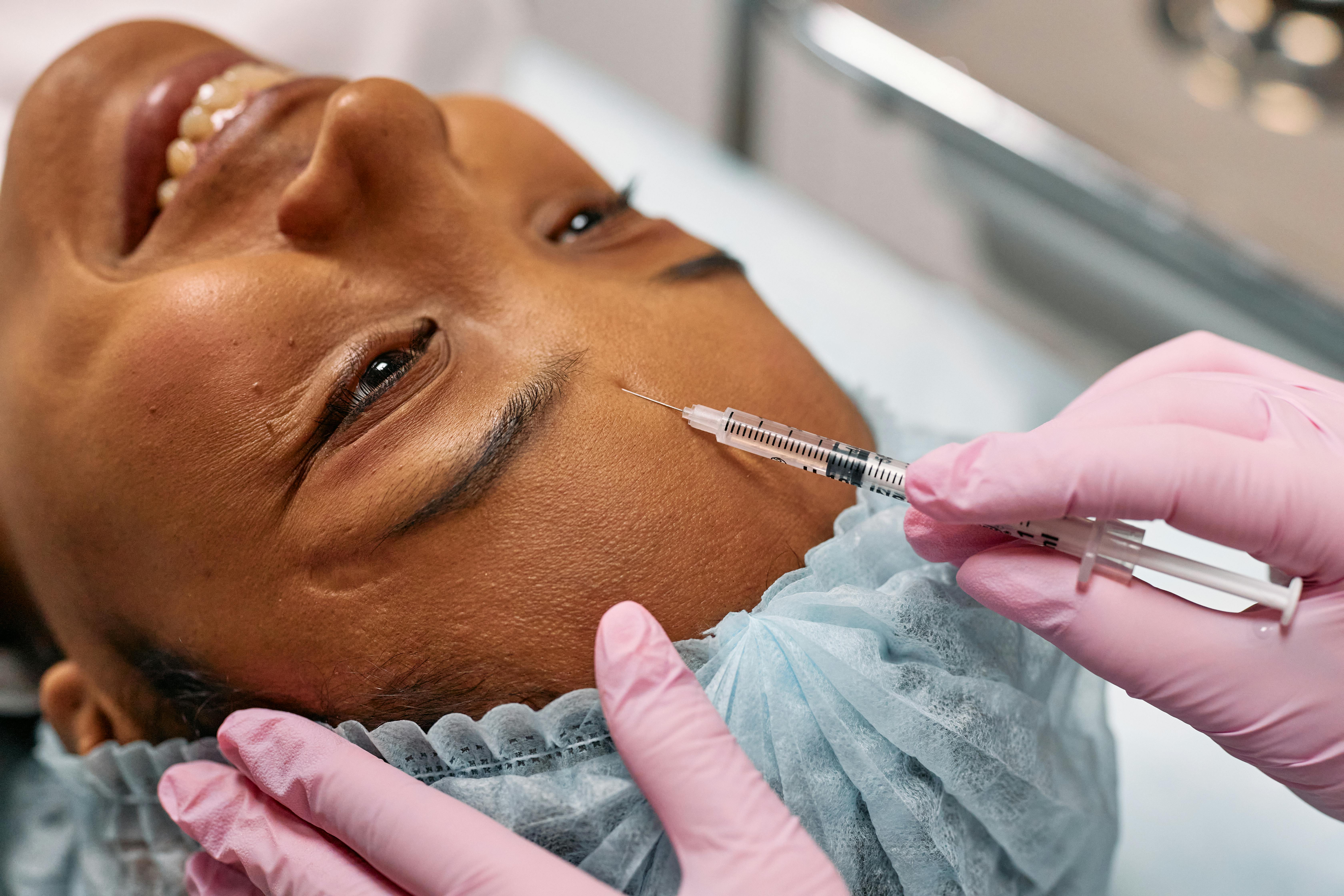All About Botox: A Comprehensive Look into the World's Most Popular Non-Surgical Cosmetic Procedure
Beauty, as they say, is in the eye of the beholder. However, with the rise of the beauty industry and its constant evolution, the quest to enhance personal beauty has taken on a global perspective. One such procedure that has gained worldwide popularity is Botox. A non-surgical cosmetic treatment, Botox has become a household name for those seeking to look younger, fresher, and more vibrant. However, like any medical procedure, Botox has several nuances that need to be understood.

The Journey of Botox: From Toxin to Treatment
Botox is derived from a neurotoxic protein called botulinum toxin, a substance produced by the bacterium Clostridium botulinum. It was first identified in the 19th century during an outbreak of food poisoning, leading to the discovery of its muscle-paralyzing properties. It wasn’t until the 1980s that Botox, as we know it today, was developed by Allergan for therapeutic use in conditions like strabismus (crossed eyes) and blepharospasm (uncontrolled blinking).
The cosmetic use of Botox began in the 1990s when ophthalmologist Jean Carruthers noticed that her patients’ wrinkles seemed to soften following Botox treatments for eye conditions. This observation started a revolution that has since transformed the beauty industry. By 2002, the FDA had approved Botox for cosmetic use, and it has become the most popular non-surgical cosmetic procedure globally, with millions of treatments administered each year.
The Science Behind Botox
Botox works by blocking the nerve signals to the muscles, causing them to relax. This relaxation reduces the appearance of wrinkles and fine lines, creating a smoother, more youthful appearance. The effects are temporary, typically lasting between three to six months, and the procedure can be repeated as needed.
Botox is commonly used to treat forehead lines, crow’s feet, and frown lines. However, it’s also being used innovatively in treatments like the ‘Botox Lip Flip’ and ‘Nefertiti Neck Lift,’ showcasing the versatility of this procedure.
Unpacking the Impact and Reception of Botox
As with any medical procedure, Botox has its share of controversies and criticism. Critics argue that the industry promotes unrealistic beauty standards, and the temporary nature of the treatment can lead to dependency and overuse. However, supporters argue that Botox, when used responsibly, can boost self-esteem and confidence.
In recent years, the use of Botox among younger adults has seen a significant increase, a trend attributed to the rise of social media and the ‘selfie’ culture. This has sparked debates about the need for regulations on age limits for cosmetic procedures.
Botox: A Tool for Empowerment or a Symbol of Vanity?
While Botox is often associated with vanity and the pursuit of eternal youth, it’s essential to recognize its therapeutic uses. Beyond cosmetic applications, Botox is used in treating a range of medical conditions, including chronic migraines, excessive sweating, and even certain bladder disorders.
The debate around Botox underscores a broader societal conversation about beauty, aging, and self-identity. For some, Botox is a tool of empowerment, enabling them to take control of their appearance and age on their own terms. For others, it’s a symbol of societal pressure to conform to certain beauty standards.
In conclusion, Botox, like any tool or procedure, is neither inherently good nor bad. Its value lies in how it’s used - whether to improve a person’s quality of life or succumb to societal pressures. As the conversation around beauty continues to evolve, so too will our understanding and use of procedures like Botox.



